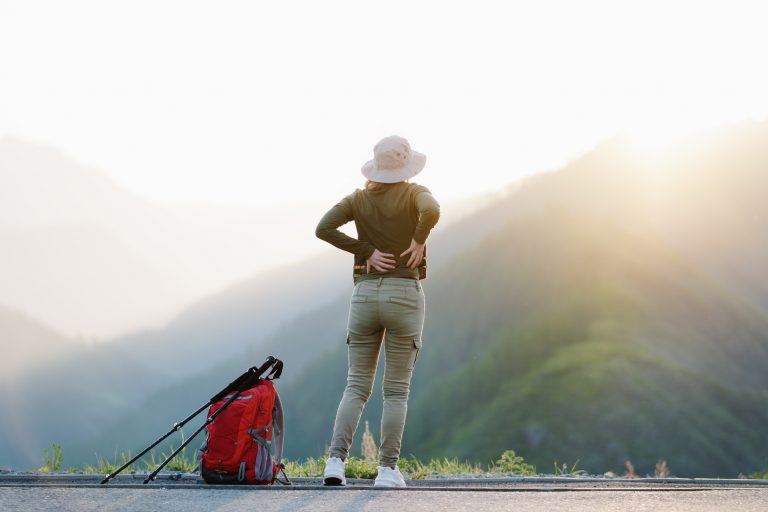Explaining Canal Stenosis
The vertebrae of the spine are stacked on top of each other with discs in between that add cushioning and flexibility to the spine. Each vertebra has a small hole that aligns with holes in neighboring vertebrae. The space created is called the spinal canal, which houses the spinal cord.
Canal stenosis is also called spinal stenosis, central spinal canal stenosis, central canal stenosis, or central stenosis. Canal stenosis is the abnormal narrowing of the spinal canal. With age, the discs can shrink and bone spurs can grow making the spinal canal smaller. The narrowing of the spinal canal can cause pinched nerves and complications with the spinal cord. Symptoms may include any of the following:
- Pain that can radiate from the spine
- Clumsiness and frequent falling
- Tingling, numbness, or burning sensation
- Difficulty and discomfort when walking
- Symptoms worsen when active
- Symptoms improve when lying down
This spine condition can cause a great deal of discomfort and intense pain.
What Causes Canal Stenosis?
The most common cause of this condition is the natural aging process and everyday wear and tear on the spine. The discs in the spine lose water content and don’t work as effectively as they once did. By age 50, most people show signs of spine degeneration. Factors that can contribute to or aggravate canal stenosis include:
- Arthritis. Rheumatoid arthritis and osteoarthritis can damage cartilage and can contribute to canal stenosis.
- Injury. A sudden injury or trauma such as a fall, sports accident, or motor vehicle accident can damage the spine and lead to canal stenosis.
- Genetic predisposition. A genetic disease or birth defect can cause canal stenosis. These conditions are more common in men than women.
- Spondylolisthesis. This condition causes a vertebra to slide forward over the bone below it, narrowing the spinal canal.
- Tumor. A tumor in or near the spine can narrow the spinal canal.
- Facet joint issues. If you have problems with the facet joints, the flat surface of each vertebra that aligns to form the spinal column, you are more likely to develop this condition.
- Bone spurs. If you experience bone spurs or have any bone overgrowth you are more likely to experience canal stenosis.
- Disc problems. Degeneration of the spinal discs, a herniated disc, or a bulging disc can all lead to this condition. The discs normally help to absorb shock and support the spine. If the disc is not functioning properly it can lead to additional spine conditions.
Treatment with BEST Health System
At BEST Health System, we believe in a comprehensive approach to surgery. We encourage our patients to consider conservative treatment first, including physical therapy and non-prescription medications. However, if they are unable to find relief, they may be a candidate for surgery. Contact BEST to learn more.
